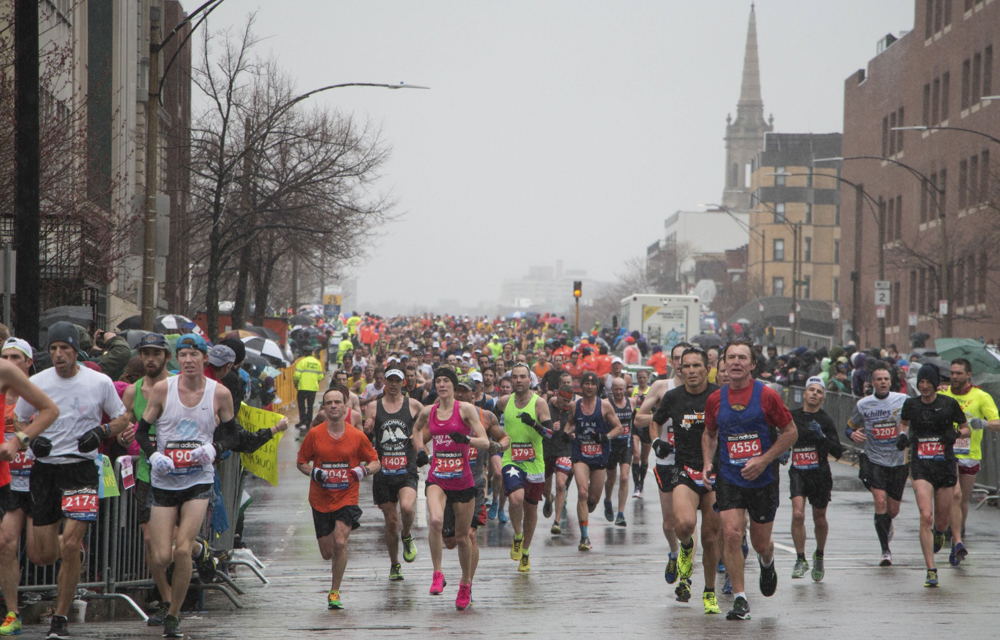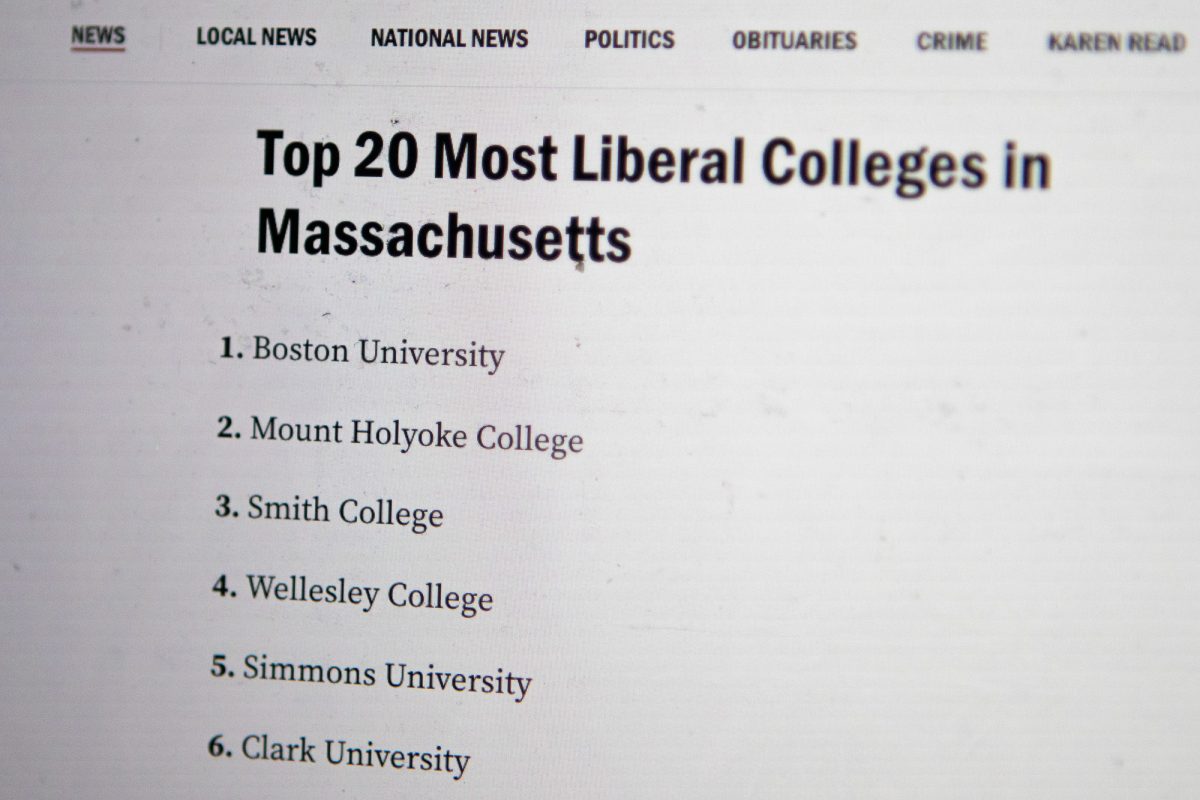
Transgender runners are gearing up to run in the Boston Marathon in the gender division with which they identify.
One runner, Amelia Gapin, has been competitively running as a transgender athlete since 2013 and will be competing in her first-ever Boston Marathon this month. In 2016, Gapin was the first transgender woman to appear on the cover of Women’s Running Magazine, and she is also the co-founder of MyTransHealth, a company that connects transgender individuals to health care information.
For the past few years, the Boston Athletic Association has allowed runners to register for the marathon in accordance with their gender identity, T.K. Skenderian, the communications director of the B.A.A., wrote in an email.
Matthew Wilder, a spokesperson for the Freedom for all Massachusetts Campaign, said this transgender-inclusive policy enriches the Boston community.
“I think the marathon in Boston is an iconic athletic event and currently synonymous with all that is good about New England,” Wilder said. “[Transgender-inclusive policies are] a really great step forward in reminding people that transgender people who are our friends and our neighbors and coworkers are part of every aspect of our community.”
While transgender runners aren’t required to provide medical proof of their gender, Skenderian wrote, the gender indicated on a runner’s government-issued identification card must align with the gender specified when they registered for the event.
Mason Dunn, the executive director of the Massachusetts Transgender Political Coalition, said this policy, however, is not inclusive of individuals who don’t identify as either male or female.
“That is simply a symptom of the fact that our government-issued IDs, like driver’s licenses and passports, don’t have a space for nonbinary gender, so it’s not fully on the Marathon as much as it’s also on the state of Massachusetts,” Dunn said.
The expectation that transgender runners’ IDs reflect their gender identity is also cost-prohibitive, Dunn said, because it can cost several hundred dollars for individuals to pay for their documents to reflect their affirmed name and gender identity. According to the National Center for Transgender Equality, only one fifth of transgender people who have transitioned appropriately update their ID documents.
Another restriction transgender females in particular face is that they must demonstrate their testosterone levels are under a certain threshold, which Gapin said is perception-based.
“The reason there’s that difference between trans men and trans women — there isn’t a scenario where trans men could be considered to have an advantage when competing against cisgender men,” Gapin said. “Because we had at some point in our lives had higher levels of testosterone, people think we have an advantage, but the way hormones work and bodies work is that when you do transition medically and you take hormones, that advantage goes away.”
In reality, Gapin said, the effects of hormones on runners vary.
“Transgender women get held to a different standard here,” Gapin said. “There needs to be a larger discussion about how we segregate athletes in general, especially in running, because these lines that are set are really not black and white in reality.”
Stevie Romer, a transgender woman who will be travelling from Woodstock, Illinois to compete in the marathon, wrote in an email to The Daily Free Press that there are more factors than just gender that determine a runner’s testosterone levels. For example, she wrote, women of certain ethnic groups and androgen-insensitive females have naturally high levels of testosterone.
To prevent transgender women from being held to different standards than cisgender females, Gapin said, all athletes could be forced to undergo testosterone testing. However, she said, this type of measure may be overly invasive.
Despite the increasing number of trans-friendly policies in athletics, Romer wrote, controversy often arises when transgender females compete.
“I found it especially difficult when I went to my first big hometown race and won first overall female,” Romer wrote. “That caused the worst issues — even though I did not want to sign up, but the race director insisted, and I offered the award to the next female because I hate conflict and do not want to cause bad feelings.”












































































































